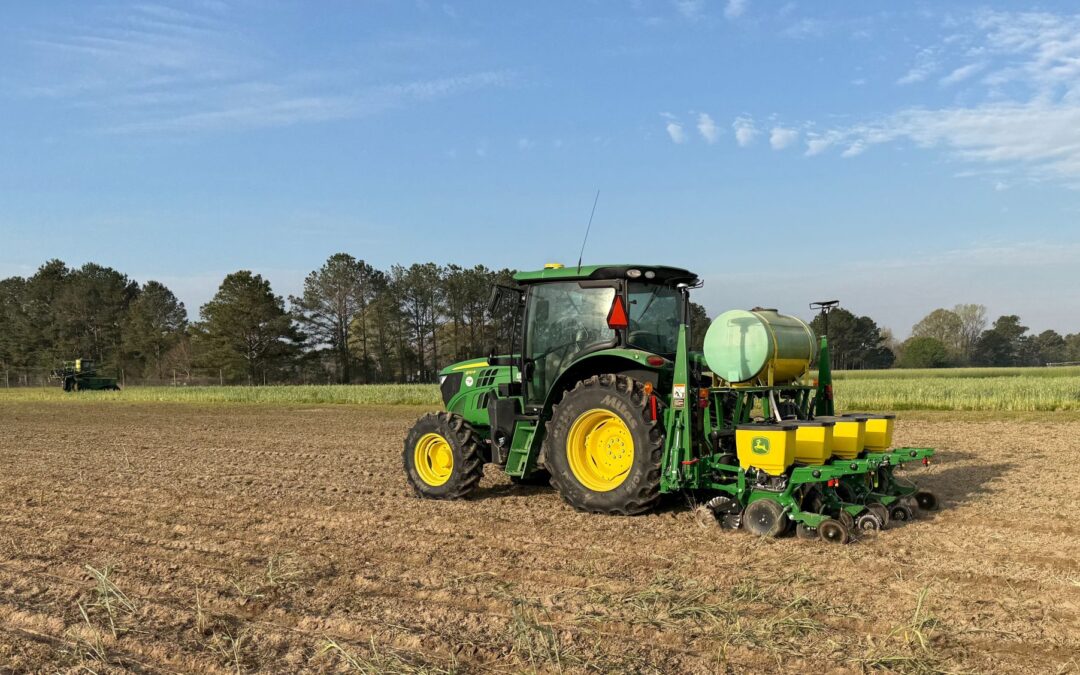Austin Hagan, professor in the Department of Entomology and Plant Pathology and Alabama Extension plant pathologist, will discuss the results of a two-year study on developing integrated strategies for managing target spot in cotton in a webinar scheduled for Monday, Feb. 27, at 2 p.m.
Topics to be addressed in the webinar will include disease distribution, variety susceptibility and potential yield loss, efficacy of registered and candidate fungicides, fungicide application number, timing, methodology, and placement, as well as the influence of cotton cropping frequency, tillage practices, seeding rate and planting date on disease development and cotton yield.
Target spot, which is caused by the fungus Corynespora cassiicola, is an emerging disease in cotton in the lower and Mid-South in the U.S. Phylogenetically, C. cassiicola isolates collected from cotton across the lower South are distinct from those collected from other crops, particularly vegetables. This suggests that C. cassiicola isolates from cotton are either a recent introduction to the U.S. or has arisen from a mutation.
Rainfall patterns along with variety selection and management inputs relating to yield potential influence the target spot risk in cotton. The greatest target spot-attributed defoliation and subsequent yield losses, which may exceed 300 pounds of lint per acre, have been recorded for an intensively managed, susceptible variety having a yield potential above two and a half to three bales per acre.
Target spot is a true leaf spot disease, Hagan said. Spotting on cotton will be visible between the first and third weeks of bloom. The wetter the weather, the faster it spreads.
After the onset of the disease, cotton leaves drop quickly, he said.
“In one case we saw spotting on a few leaves at the base of the canopy in the third week of bloom,” Hagan said. “Six weeks later almost 90 percent of the foliage was on the ground.”
Target spot issues are more prevalent in the southernmost parts of the state—near the coast. In central Alabama the risk is still there, depending on weather patterns and irrigation. In north Alabama, the threat is generally low, even on a susceptible cotton variety.
Producers pushing the yield envelope will irrigate frequently and apply high rates of nitrogen. While this does likely increase yield, it also creates an environment where rapid canopy closure and production of rank top growth is likely. All of these factors, plus the cotton variety type may be a perfect recipe for target spot. If the canopy does not close, as is often the case on dryland cotton, producers are less likely to see target spot.
To join the webinar, go to the following registration URL: https://attendee.gotowebinar.com/register/6765684652965002242. Registration is not required until the day of the event.





